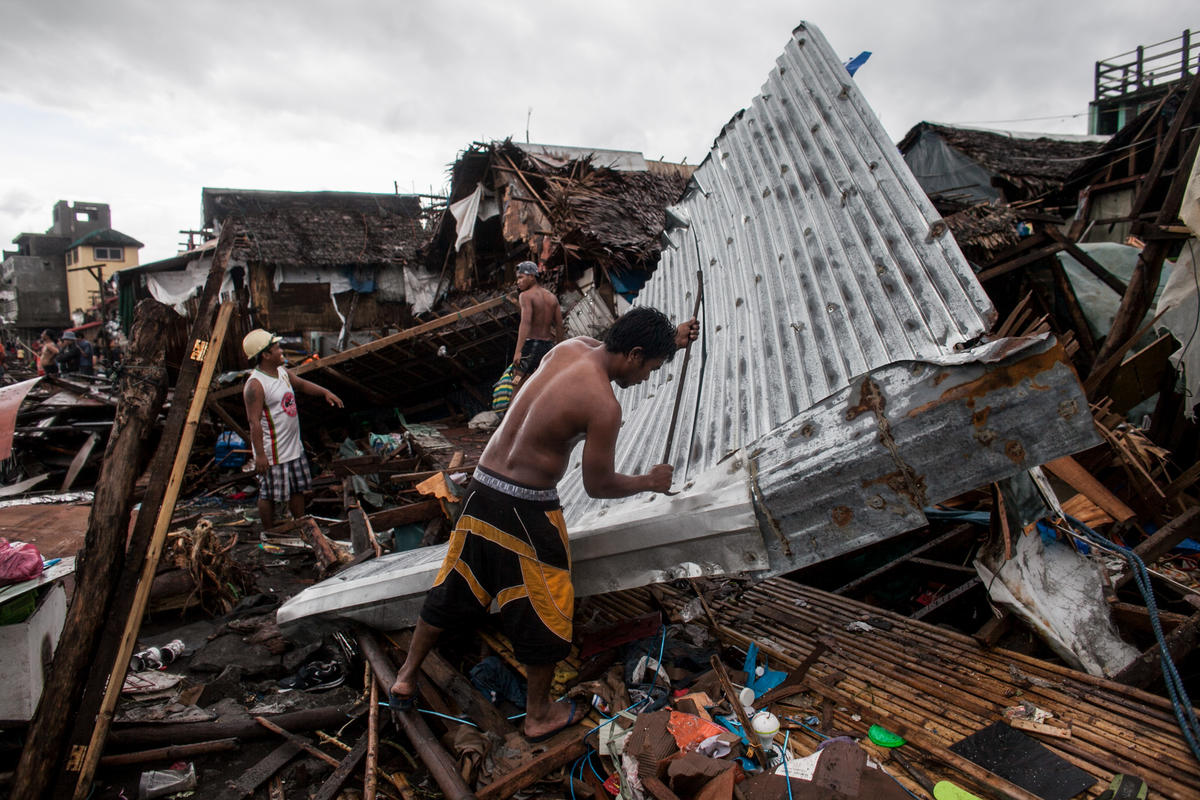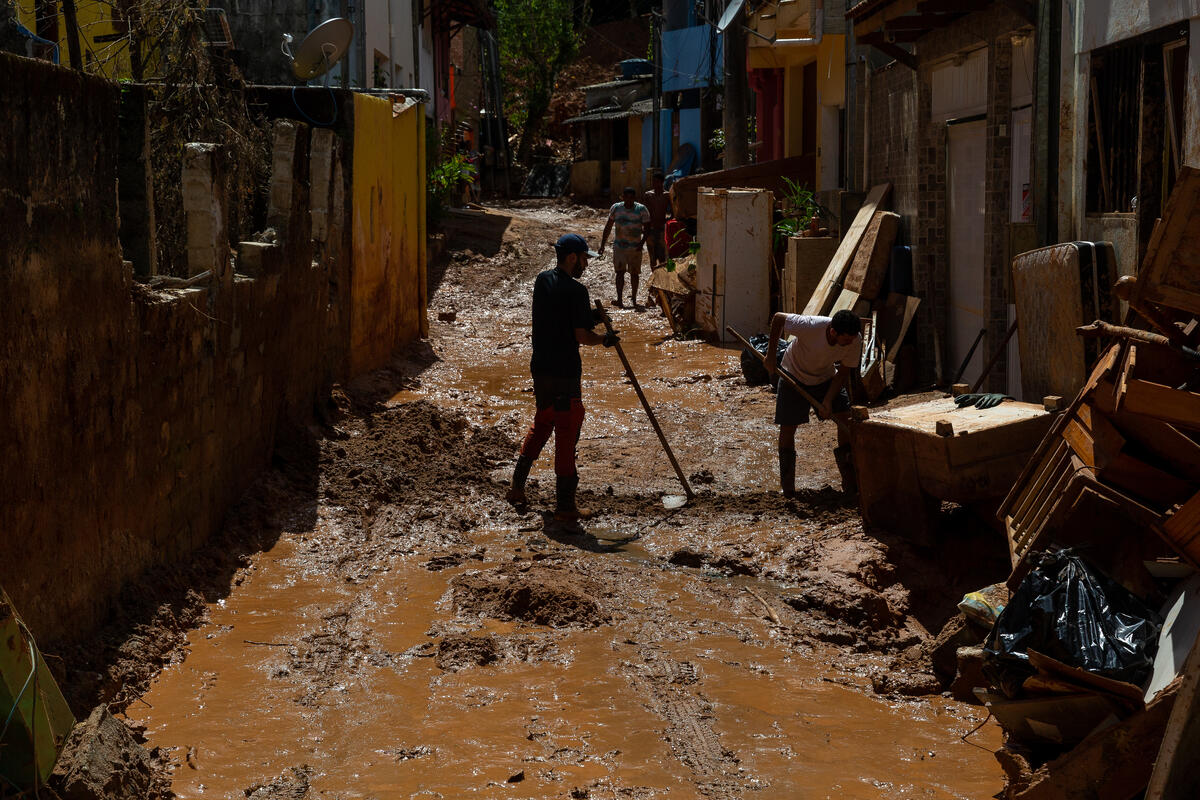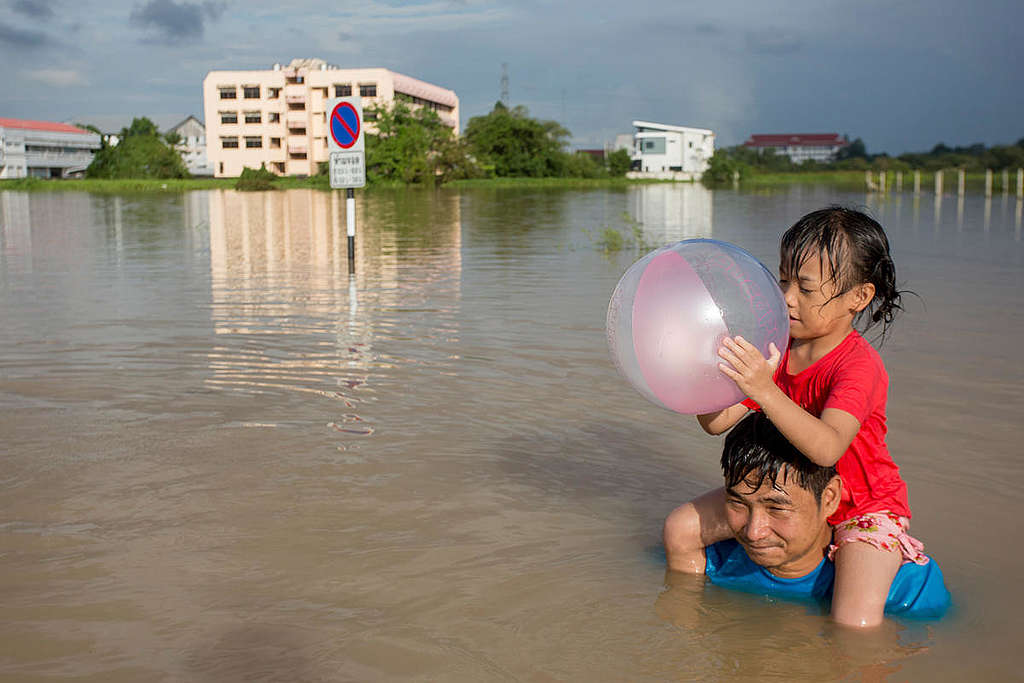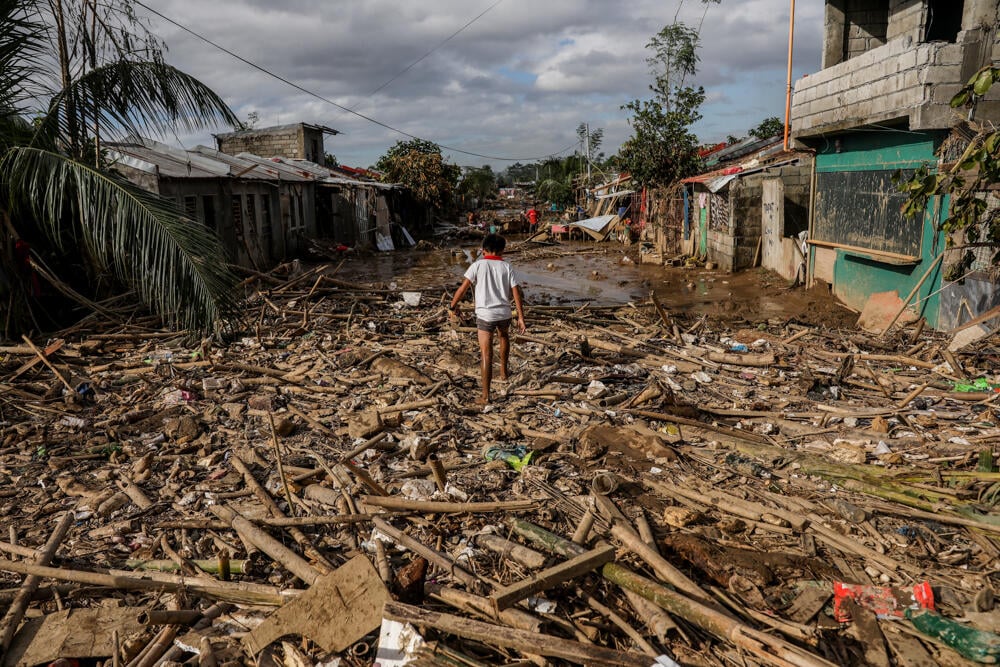Marginalized People
In urban slums, poor waste management worsens the plastic crisis, leading to pollution, sewage problems, infectious diseases, and microplastic contamination in food.
Floods and other natural disasters further damage agricultural crops, increasing the risks of food insecurity and displacement.

Low-Income Communities
Low-income communities include groups whose rights are often ignored, those affected by government-led development projects, migrant workers, cross-border laborers, and groups with limited access to basic rights.

Children
Children are among the most vulnerable groups, facing heightened risks from heat waves, floods, air pollution, and malnutrition. Their growing bodies and weaker natural defenses make them more susceptible to health impacts than adults.

In Thailand, many children are also exposed to insecticides, heavy metals, and industrial and transportation-related pollution. Moreover, climate change disrupts their education as schools are damaged or closed during disasters. Ensuring that children’s voices are included in climate decision-making is vital as it is their future at stake.
Elderly people
About 34% of the elderly live below the poverty line, and climate change further compounds their vulnerability by harming their health, limiting adaptability, and increasing risks of emerging epidemics.

People with disabilities
People with disabilities often face discrimination and financial hardship, which limit their access to essential services and resources. As a result, the impacts of climate change on food security, health, and livelihoods are particularly severe for them. They are frequently neglected or excluded from disaster relief and recovery efforts, reflecting deeper structural inequalities in society.

